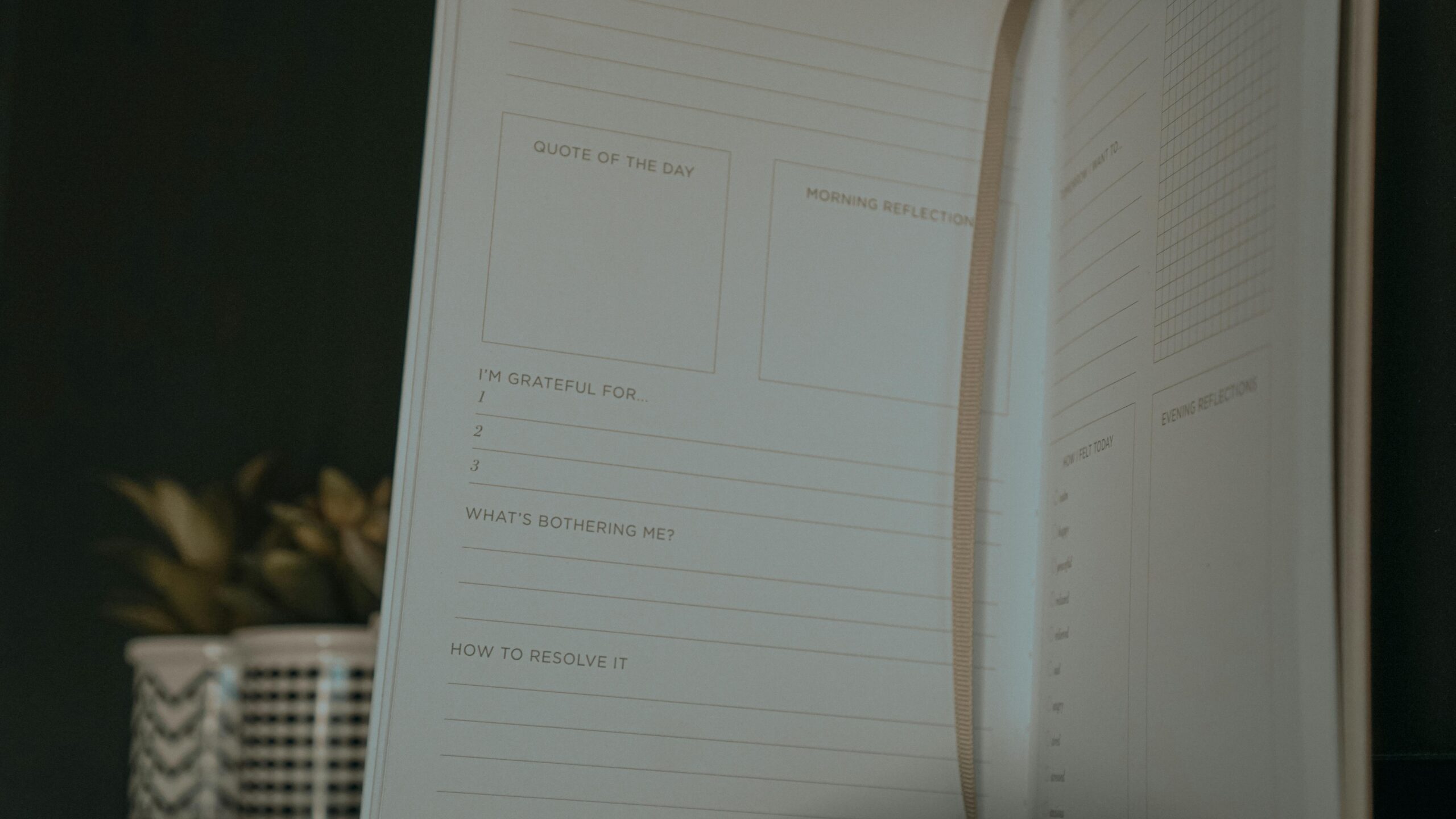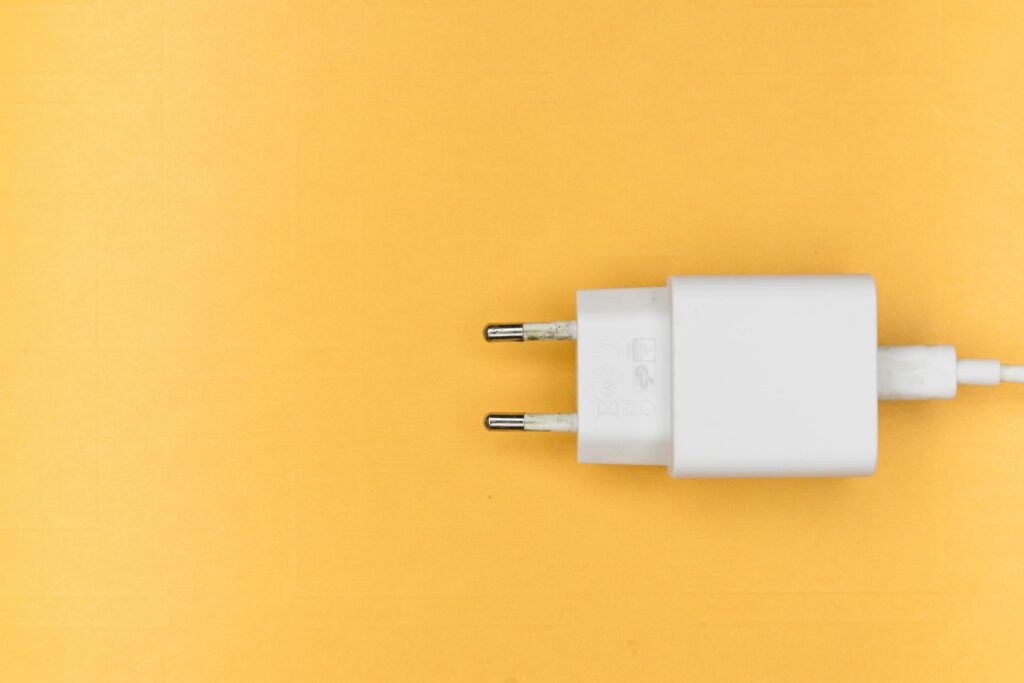
Image Credit: Pexels
Tips
Food is more than fuel. It’s mindful. It’s caring. It’s a way of saying, “I am worth slowing down for.”
This isn’t a list of rules. It’s an invitation to bring gentleness back to the table.
⸻
🍊 Pause & Breathe Before the First Bite
Set your fork down. Inhale for four. Exhale for four.
This small moment of breath shifts your nervous system from “rush” to “receive.”
🥣 Mindful Eating Bowl Set – Smooth, ceramic bowls that invite a slower, more intentional mealtime ritual.
⸻
🍑 Name the Flavors
As you chew, whisper (or think):
Sweet. Earthy. Creamy. Bright.
Descriptive awareness brings curiosity instead of judgment to the table
🍴 Elegant Bamboo Cutlery Set – A lightweight, natural-feel utensil set that encourages mindful touch and attention.
⸻
🍇 Halfway Check-In
Halfway through your meal, gently ask:
“Am I still hungry, or just not done?”
No shame. No tracking. Just noticing.
🪞 Heal Your Relationship With Food by Juliet Rosehall – A practical and affirming guide to shifting your eating from anxious to intuitive.
⸻
🍌 Gratitude for the Journey
Trace the story of your food:
The sun that warmed it.
The hands that picked it.
The love that prepared it.
🙏 Mindful Affirmation Cards – Daily cards that foster gratitude, intention, and presence before each meal.
⸻
💭 Soft Reminder
Nourishment isn’t just physical. It reaches your emotions, your memory, your sense of safety.
Let each bite be a quiet yes to the whole of you. 🌱
⸻
🌫️ Curious about who’s behind My Peace Nest?
Learn more about the heart and story behind this space on the About page. It’s a quiet introduction—just like everything here.
⚠️ Affiliate Disclosure
This post contains affiliate links. If you click through and make a purchase, I may earn a small commission—at no extra cost to you. Thank you for supporting My Peace Nest.








